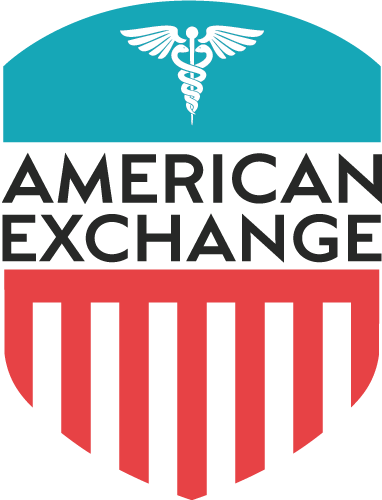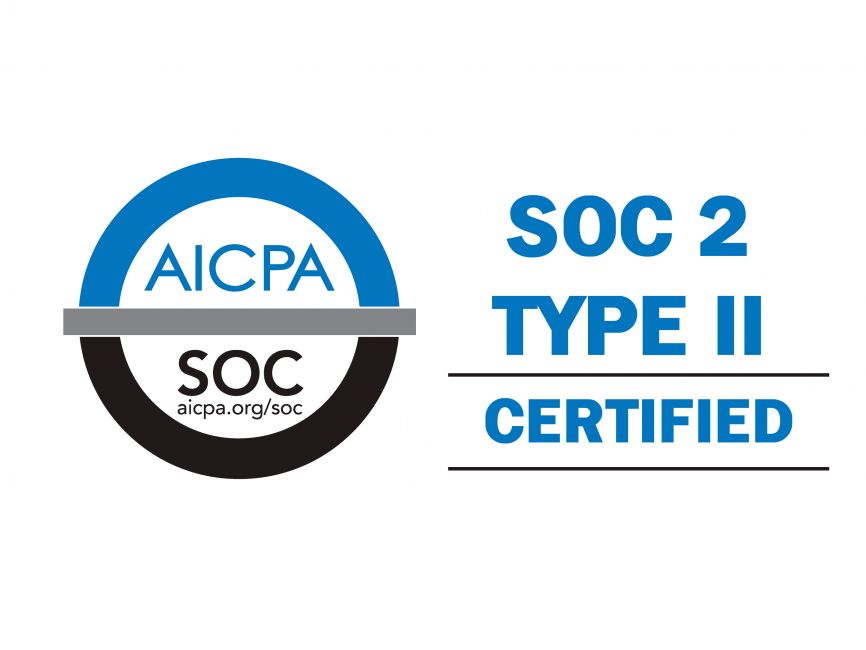Access to healthcare remains one of the most pressing challenges for vulnerable populations in the United States. Millions of uninsured and underinsured individuals face barriers to medical care, often leading to worse health outcomes and increased financial strain. However, innovative financial assistance models, such as Premium Assistance Programs (PIAP), are changing the landscape—helping community-based organizations (CBOs), clinics, and covered entities provide life-saving healthcare to those who need it most.
In this post, we’ll explore how PIAP programs are expanding healthcare access, particularly in underserved communities, and share real-life case studies demonstrating their impact.
The Healthcare Access Crisis: Who Are the Most Vulnerable?
Despite efforts to expand coverage through the Affordable Care Act (ACA), over 27 million people in the U.S. remain uninsured—and millions more are underinsured, meaning they have health plans that don’t fully cover their medical needs.
Among the most affected populations are:
✅ Low-income individuals who don’t qualify for Medicaid but can’t afford marketplace plans
✅ People living in states that haven’t expanded Medicaid
✅ Undocumented individuals and mixed-status families who are ineligible for federal healthcare programs
✅ Individuals with chronic conditions (e.g., HIV, diabetes) who need consistent medical care and prescriptions
✅ Black, Brown, and LGBTQ+ communities, who experience higher rates of healthcare disparities
Without coverage, many of these individuals delay or forgo treatment, leading to preventable hospitalizations and poorer long-term health outcomes. This is where Premium Assistance Programs (PIAPs) come in.
What is a Premium Assistance Program (PIAP)?
A Premium Assistance Program (PIAP) is a financial assistance model that helps eligible patients enroll in private insurance plans by covering the cost of their monthly premiums. These programs are often funded by covered entities, grant funding, or 340B program savings, creating a sustainable solution for increasing access to care.
💡 How It Works:
✔️ The PIAP identifies uninsured or underinsured individuals who qualify for ACA marketplace plans.
✔️ The program covers all or part of the monthly premium to ensure the patient has access to medical services.
✔️ Patients receive full medical benefits, including primary care, specialty visits, prescriptions, and preventative services.
✔️ The healthcare organization benefits from 340B savings and increased patient engagement.
By covering health insurance costs, PIAPs help patients access care without financial burden, while ensuring healthcare providers maintain financial sustainability through increased reimbursements and savings.
Case Study #1: A Community Clinic in Florida Expands Access to HIV Prevention & Care
🔹 The Challenge:
A nonprofit community clinic in the Florida Panhandle was struggling to serve 100+ uninsured HIV patients. Many patients were unable to afford PrEP (pre-exposure prophylaxis) and essential lab work, leading to increased transmission risks and poor health outcomes.
🔹 The Solution:
The clinic partnered with a Premium Assistance Program to enroll eligible patients in ACA marketplace plans. By covering their premiums, the clinic ensured that patients had full medical benefits, including:
✅ Access to PrEP & HIV treatment with zero out-of-pocket costs
✅ Routine lab work & specialist visits for managing their health
✅ Mental health services & primary care to address holistic well-being
🔹 The Impact:
After one year, the clinic:
✔️ Enrolled 75% of uninsured patients in a healthcare plan
✔️ Increased patient retention by 40%
✔️ Generated new revenue through 340B prescription savings, allowing them to hire additional staff and expand outreach
💡 Key Takeaway: By removing cost barriers, the PIAP empowered the clinic to create a sustainable healthcare model while improving patient outcomes.
Case Study #2: A Georgia Health Center Strengthens Community Care for Working Families
🔹 The Challenge:
A federally qualified health center (FQHC) in rural Georgia served a high number of uninsured working families. Many patients had jobs but no employer-sponsored insurance, leaving them to rely on out-of-pocket payments or emergency care.
🔹 The Solution:
The FQHC used a PIAP strategy to help eligible patients enroll in low-cost marketplace plans and provided premium assistance. This allowed:
✅ Preventative care coverage for chronic conditions like diabetes & hypertension
✅ Increased access to pediatric care for children in working-class families
✅ Elimination of emergency room reliance for primary care needs
🔹 The Impact:
✔️ 50+ families enrolled in ACA plans through the program
✔️ The clinic saw a 30% decrease in unpaid medical bills
✔️ Patients reported a higher engagement in preventative health screenings
💡 Key Takeaway: The PIAP model helped reduce financial strain on both patients and the clinic, creating a long-term pathway to healthcare sustainability.
Why PIAPs Are the Future of Healthcare Equity
PIAPs are more than just financial assistance programs—they are a strategic solution to break the cycle of healthcare disparities.
✅ Creates sustainable funding models for community clinics & covered entities
✅ Reduces financial stress for patients while improving health outcomes
✅ Increases access to specialists, primary care, and preventative services
✅ Helps covered entities reinvest 340B savings into community health programs
With the right education, outreach, and partnerships, more organizations can leverage PIAPs to transform healthcare access for vulnerable communities.
How American Exchange Can Help
At American Exchange, we specialize in helping healthcare organizations implement effective premium assistance programs that drive financial sustainability and improve patient care.
- Want to learn how PIAP can support your community? Contact us today to explore enrollment solutions that create lasting impact.
- Get in Touch – Learn More
By integrating Premium Assistance Programs into their healthcare models, organizations can make a profound difference in closing the coverage gap and building healthier communities.
Let’s make healthcare equitable, accessible, and sustainable—one patient at a time. 💙

